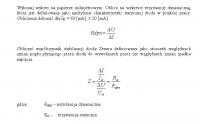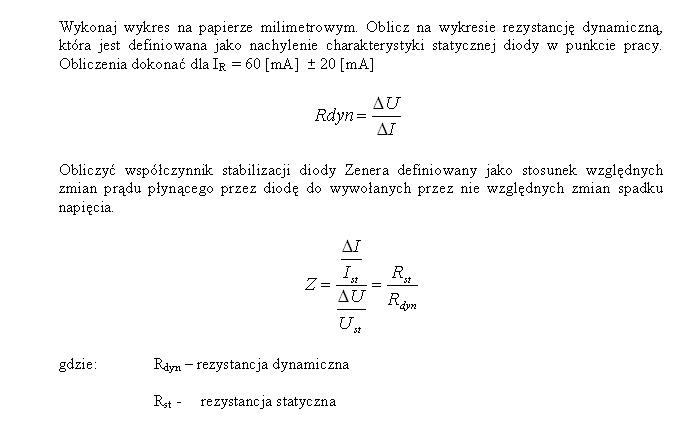Hello, How to calculate the dynamic resistance and stabilization factor of a zener diode given its characteristics. Calculations should be made for Ir = 60 +/- 20 [mA]
should it look something like this:
reads from the graph the values of U for I=40 (60-20) and for I=80 (60+20) and subtracts the larger from the smaller and thus I get ΔU ?
and ΔI = 40 mA ? (80-40)
hence Rdyn=ΔU/ΔI
what about stat? is it U for Ir = 60 divided by Ir ? ) (Ir from command content)
therefore Z = Rst/Rdyn ?
please reply. Regards
should it look something like this:
reads from the graph the values of U for I=40 (60-20) and for I=80 (60+20) and subtracts the larger from the smaller and thus I get ΔU ?
and ΔI = 40 mA ? (80-40)
hence Rdyn=ΔU/ΔI
what about stat? is it U for Ir = 60 divided by Ir ? ) (Ir from command content)
therefore Z = Rst/Rdyn ?
please reply. Regards




